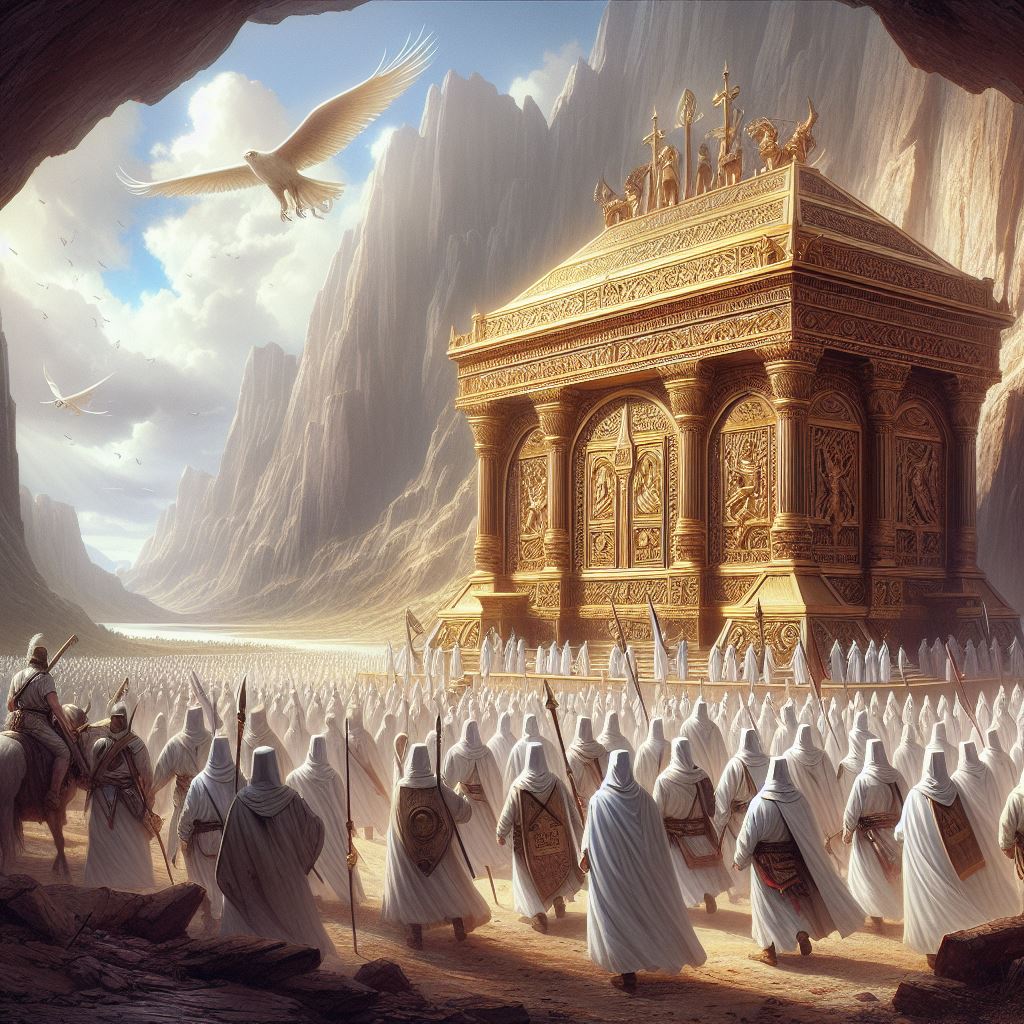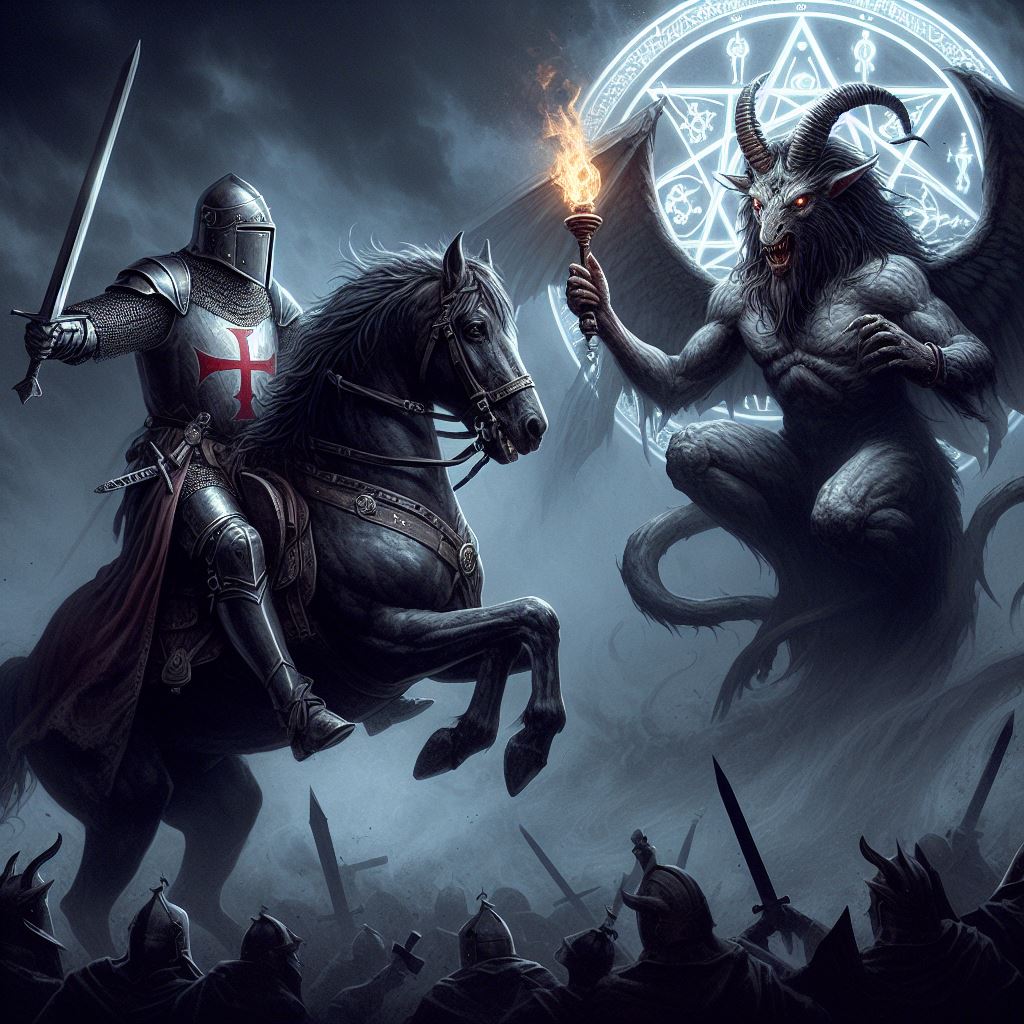The crucifixion of Jesus may not have happened where you think it did?
Back in 2012, I visited the Holy Sepulchre in Jerusalem – a real hotch-potch of a church on different levels and sprawling over a large area. Within its ancient walls dating back to the first Christian Roman emperor Constantine is the reputed site of the crucifixion.
But not everybody agrees.
Every year, thousands of pilgrims trudge up the Via Dolorosa – as I did – following the last footsteps of Jesus to his place of death. The cobbled road is punctuated with all those familiar sites – such as the point at which he fell and where his face was wiped.
And it all ends up in the Holy Sepulchre. Within the church you can venerate the spot at which the cross was erected and also the tomb of Jesus.
It’s all rather convenient, a sceptic might think. What a happy accident to have both these sacred places under one roof. And the discovery of the location of the crucifixion and the tomb were made by the Empress Helena, mother of Constantine, on a state visit to Jerusalem in the fourth century AD. In fact, Helena just found one miraculous biblical item after another during her stay.

So, where was the crucifixion of Jesus?
But there are problems. Was the crucifixion really carried out within the city walls? Wouldn’t it have been more likely for grim executions to be conducted outside the gates, by the local rubbish tip for example, away from the houses of local citizens? You have to consider that the bodies were normally left to rot and be picked at by animals for days afterwards. Did people really want to see that outside of their window?
Also, where is the skull-shaped hill of Golgotha?
This question led some Christians in the nineteenth century, mainly Protestants, to pick a spot for the crucifixion outside the city walls near a tall mound that does appear to have a skull-like appearance. It’s just north of the Damascus gate. They also alighted on an old tomb nearby as the final resting place of the Messiah – the so-called Garden Tomb.
Now, some critics have argued that this theory has more to do with Protestants having no control over any part of the church of the Holy Sepulchre. Even today, that church is divided between the Roman Catholic, Coptic, Ethiopian, Syrian, Armenian and Greek orthodox churches. They occasionally fight each other in turf wars over who controls which bit of the church – and they’re certainly not letting the Protestants get a look in.
All I can say is that while I adore the Holy Sepulchre, it’s not a convincing site for the crucifixion of Jesus. However, the Knights Templar thought it was and their churches all over Europe replicated the circular design of the Holy Sepulchre. I’m sure many of you will feel that the symbolic significance is more important than the reality. But some of you may not. So what is the truth?
When you approach the site of the crucifixion at the Holy Sepulchre, there can sometimes be scenes of deep religious ecstasy. You may think I was a bit naughty doing this but on my old iPhone (so apologies for the grainy quality), I filmed some Russian nuns showing their devotion in 2012 before the place where Jesus was executed by the Romans.












The whole history of relics and religious sites is blatantly a medieval business. But to be fair, I’d rather they be doing that than starting more holy wars. Also, watching those monks sucker punch each other is absolutely hilarious.
Just saying.